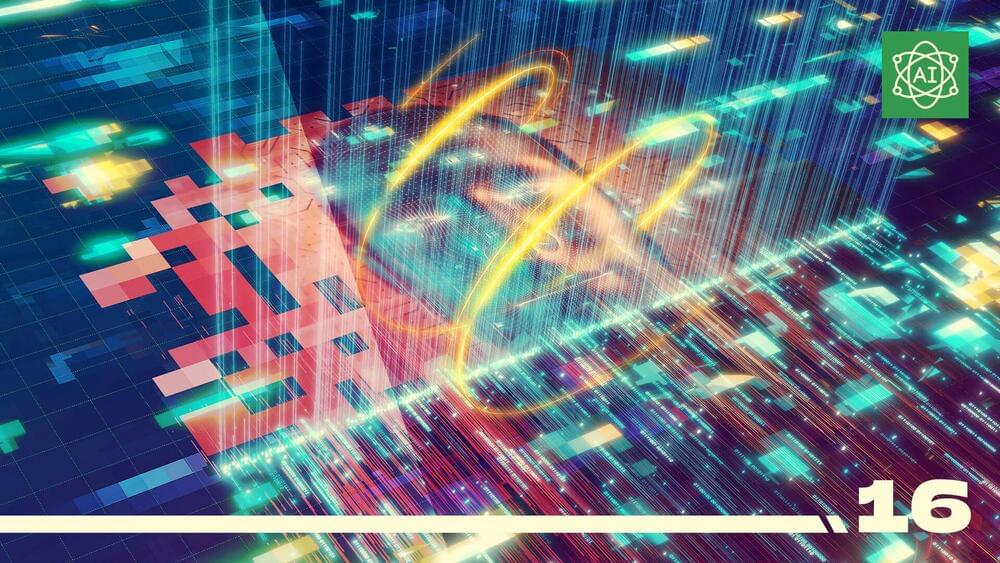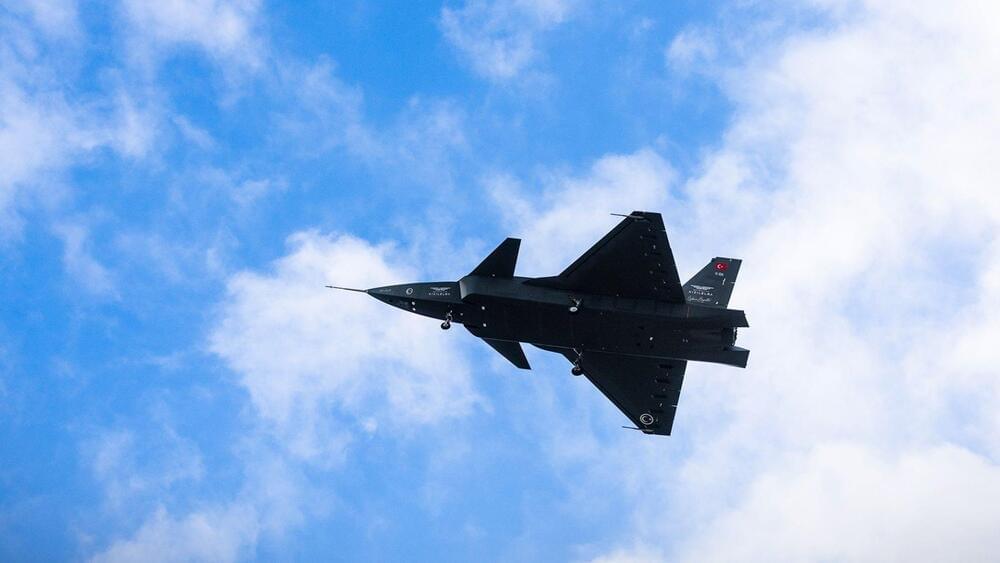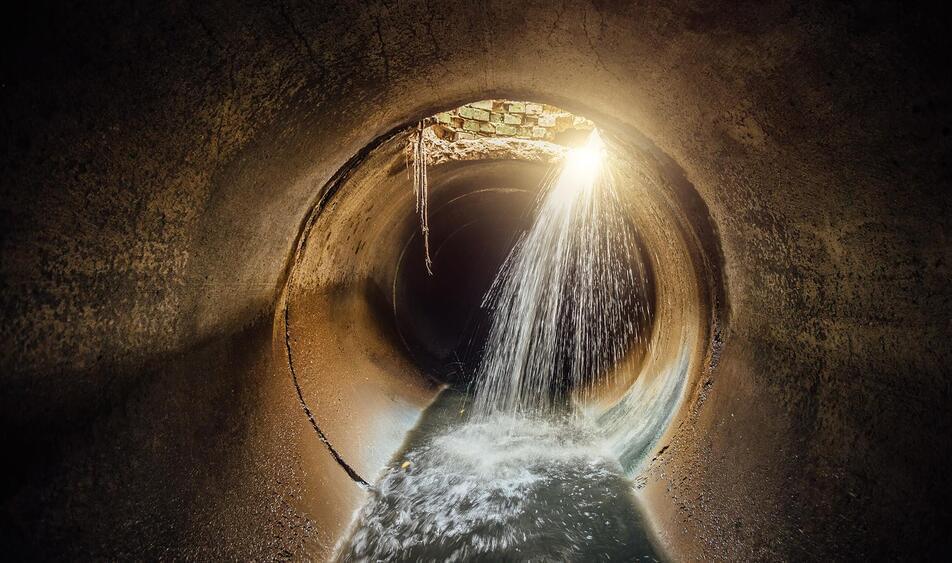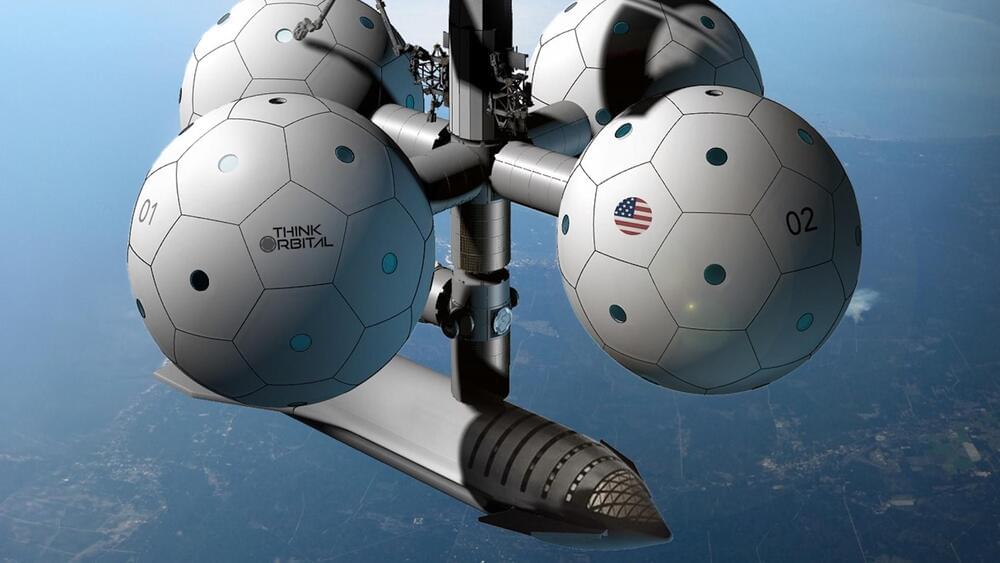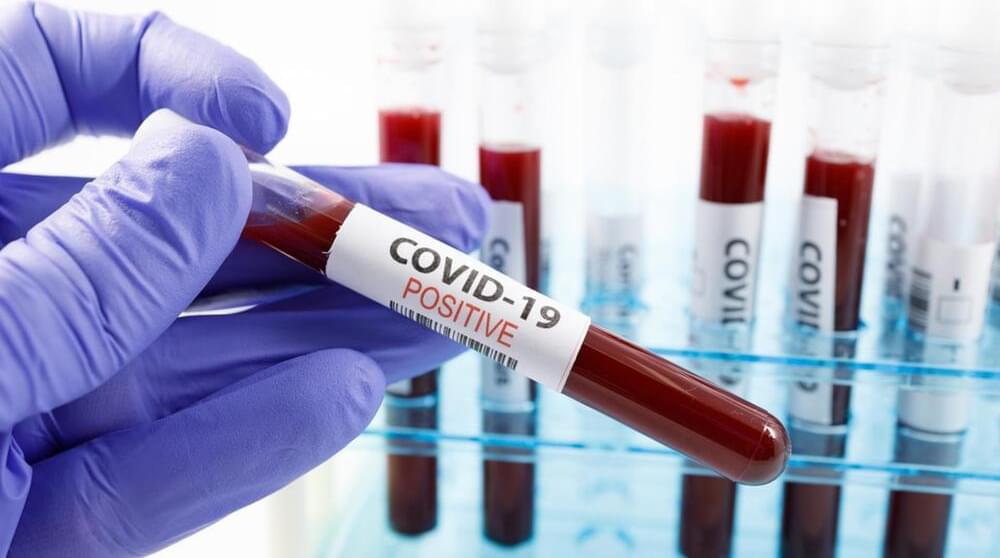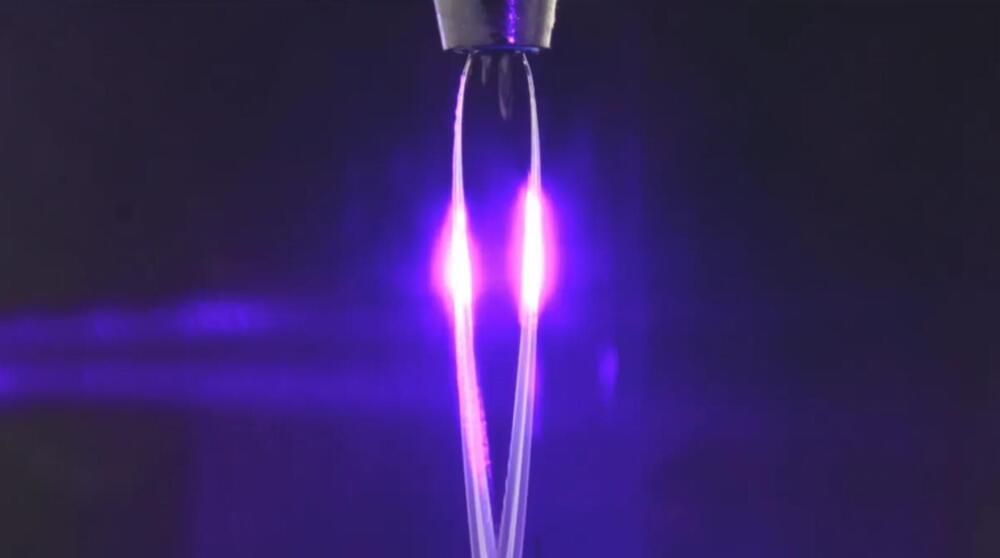The team has successfully tested a sustainable membrane-based seawater electrolyzer.
A research team in China has developed a device to split salty seawater to produce hydrogen directly. The device, a membrane-based seawater electrolyzer, helps address the side-reaction and corrosion problems of traditional methods.
Why traditional methods are not sustainable.
Petmal/iStock.
The team led by Zongping Shao, a chemical engineering professor at China’s Nanjing Tech University, has published their study in the journal Nature and claimed that their model “ran for over 3,200 hours under practical application conditions without failure”.


